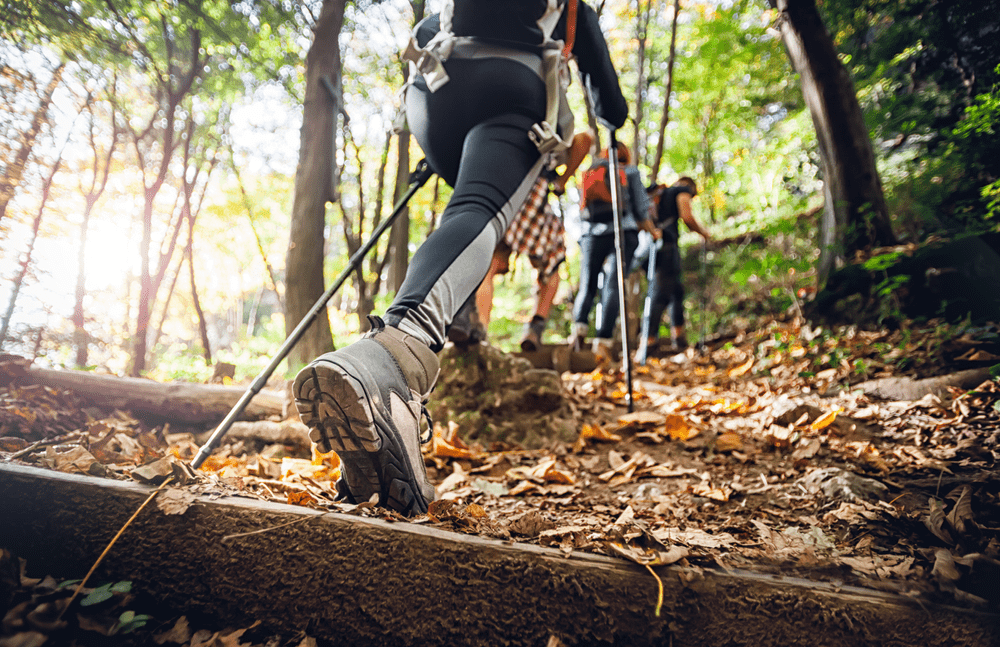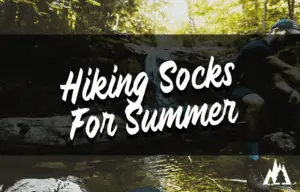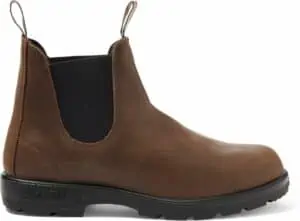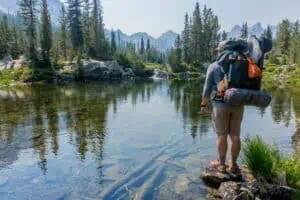How Long Does It Take To Break In New Hiking Boots?
You just purchased a pair of brand new hiking boots, and you’re wondering if there’s a break-in process.
This is a valid concern.
In fact, blisters and sprains are two of the top ten common hiking injuries.
And if you search online, many will say it can take up to a month to break in a pair of new boots.
But that’s not the case for all hiking boots.
Modern boots for hiking nowadays that aren’t made of all leather do not require a break-in period. However, no amount of breaking in will help if it’s a poor fit.
This all depends on what you deem as comfortable. What’s comfortable for you might not be comfortable for someone else.
Let us explain.
What Does It Mean To Break In Hiking Boots?
Here’s an example.
Every baseball player will take the time to break in their brand new baseball glove. The process can take months, even years, to make it just right for that individual. They’ll use natural oils and pounding techniques to soften the stiff leather of the glove to make it just right for the player’s hand.
Many hikers believe they need to do the same with hiking footwear to prevent blisters and hot spots.
Old school, all-leather hiking boots will take some time to break in and conform to your feet. This doesn’t mean you can’t go hiking in them right away, they’re just going to get more comfortable over time. Like a baseball glove.
Most hiking boots you will find in stores are more modern and can be worn without breaking in.
Finding The Right Fit
Follow this step-by-step guide to find the perfect fit for your new boots.
- If possible, we highly recommend you go to a store and try on your boots and bring in a pair of socks you would normally wear on hiking trips.
- Take short walks around the store. Some stores like REI will have an area where you can ascend and descend up a rock display.
- Your feet shouldn’t be moving around at all, but they also shouldn’t be uncomfortably tight when laced correctly. It should be a fit snug around your entire foot to avoid blisters.
- Take short, easy hikes in the beginning and get a feel of the support. You’ll most likely need to adjust the pressure from your laces and will know what will feel right for your feet.
Not all hiking shoes are the same. A few things you’ll need to consider before purchasing a new pair of boots:
- Stiffer boots will provide more support and protection. Consider what type of hiking conditions you’ll frequent the most. Uneven, rocky trails will require more support.
- Softer boots will provide you with more flexibility and movement.
Find your happy medium between the two options.

FAQs
How Do You Know If Your Hiking Boots Are Too Small?
If your toes are bunched up and curled at the toe end of your boot, that’s a key sign that your boots are too small. Most hikers will get 1/2 a size larger than their regular shoes to compensate for wearing the right socks for hiking.
Another way to tell is if there’s so much pressure on the sides that your toes are slightly overlapping each other.
You want your shoes to have a snug fit but not too tight, where you’ll start experiencing pain and hot spots while hiking.
Do Hiking Boots Stretch Over Time?
Your hiking boot will feel more expanded over time, but that’s more of your feet conforming to the inside material like the insoles, etc.
Make sure the boot fits snug; over time, that fit will feel even more comfortable on your hikes.
Final Thoughts
If you’re new to hiking, see if you really enjoy it first before spending any money.
Look for a flat, easy trail, and throw on a pair of old running shoes.
For those looking for more challenging trails, follow this guide when looking for a new pair of hiking boots.
All leather boots will take a few weeks to months to properly break-in, but that doesn’t mean you can’t wear them right away on hikes. Instead, they will be more comfortable over time.
Hiking boots not made of all leather do not require a break-in period. Buying a pair that fits well is the most important factor in preventing blisters and hot spots.
If you’re looking to buy your first pair, try them on at the store and walk around in them.
Hiking boots will stretch over time and feel more comfortable the longer you wear them.
However, they will not significantly increase in size. For example, if your hiking boots are too small, you’ll experience pain and hot spots while hiking. Instead, choose a pair that fits snug but is not too tight.
With proper care, your hiking boots will last you many hikes to come.






